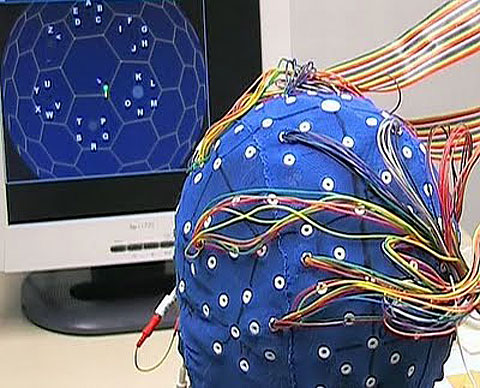Detecting brain cells regulating memory
Neurologists from the Massachusetts Institute of Technology (MIT), USA, have shown the existence of nerve cells that store memories of time in the human brain.
Based on neuroscience, researchers have speculated that in the human brain contains a number of cells that store information about everyday events, but the scientific community has yet to prove its existence. them.
Recently, Professor Ann Graybiel, MIT Academy and research team found that in the brain of primates, there are types of neurons that can store margins and accurately translate time information.
Graybiel said: 'The whole brain keeps the imprint of everything that happened, making it easy for us to recall things. There are cells in the brain that provide information about the time when we want to recall things. '
Accurate time memories are extremely important to the daily activities of the driver, or the person playing the piano, or when we want to relive what happened. This finding is published in the American journal PNAS, a research result that could be used to treat dementia like Parkinson's.
In order to arrive at the conclusion of the memory cell existence in the brain, Ann Graybiel's team trained two monkeys, making them complete simple eye movement as prescribed. Upon receiving the 'start' command, the two monkeys performed eye movement at their own pace.

Cells that are thought to coordinate memory focus in the cortex under the forehead and striatum, areas of learning control, movement and thinking.
Researchers use measuring devices to record electrical signals in hundreds of monkey brain neurons. Then, under the direction of NaotakaFujii of the Japanese Brain Research Institute and DezheJin, Penn State University, USA, the team used mathematics to analyze these electrical signals.
The results showed that, when only the 'start' command was received, some brain neurons were located in their cortex under the forehead and their striatum emitted a signal after a period of constant change, given is the time period to "record" the data to give a response.
Graybiel explains: 'Although this experiment is mainly concentrated in the cortical region under the forehead and striatum of the monkey, but other areas of the brain certainly exist also neurons that can store temporal memories. space '.
He added that the results of the study could help people with Parkison's disease recover their memories. Because the disease is caused by the damage to the memory function by the brain, which leads to searching and conveying time memories slower than other normal people, making the patient unable to perform the act according to The rule of time is exactly the same as a normal person.
In the next study, Graybiel plans to focus on understanding how the brain produces these neurons that contain this 'time memory imprint' and these cells control their behavior and activity. what kind of person
Another important research problem is that in different environments, the perception of time is different. Graybiel explains: 'Sometimes we feel time passes very quickly, sometimes we feel time passes slowly, all of these things can use neurons to store memory from time to time. Time to explain this cause '.
Peter Strick, a professor of neurobiology at the University of Pittsburgh, highly appreciated this research result. He said that the results of this study are a complete explanation of the recorded brain and express the concept of time. 'For light, sound, touch, cold, taste . our bodies have a sense receptor by default, but we don't know much about the default receptors. about time , 'Strick said.
- Memory process of the brain and methods to improve memory!
- Memory recovery by electric shock
- The forgotten process is controlled in the brain by proteins
- New-born brain cells improve people's orientation
- How is memory formed and recreated?
- Detects tremors of memory and memory
- The key to unlocking the infinite memory potential of the brain
- Detecting the origin of immune cells in the brain
- You can learn to possess super-powerful memory: remember 500 words in 5 minutes
- A lot of anesthesia reduces memory in children
- Create brain cells from urine
- The best method to enhance old-age memory
 Why do potatoes have eyes?
Why do potatoes have eyes? 'Tragedy' the world's largest carnivorous life: Death becomes ... public toilet
'Tragedy' the world's largest carnivorous life: Death becomes ... public toilet Tomatoes were once considered 'poisonous' for 200 years
Tomatoes were once considered 'poisonous' for 200 years Detecting microscopic parasites on human face
Detecting microscopic parasites on human face